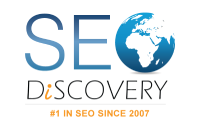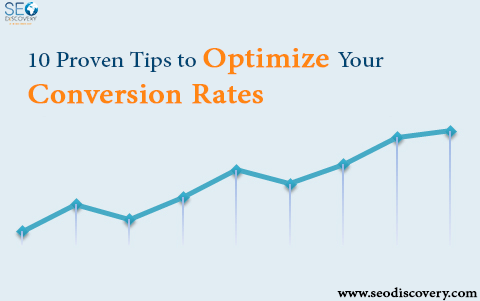The conversion rate optimization (abbreviation: CRO) is an important part of online marketing and shows the effectiveness of a website. The conversion rate describes the percentage of website visitors who perform a specific interaction (the so-called conversion) on a website. With Conversion Rate Optimization, digital marketing company can more easily understand success and scale for the future.
The conversion rate measures the percentage of the success of a website for a particular goal.
With which tools can you measure or increase the conversion rate?
1) Analysis Tools:
These conversion rate tools let you measure the status quo and conversion rate after a conversion rate optimization.
Tools: Google Analytics, Google Tag Manager, Kissmetrics etc.
2) Heatmap & Usability Tools:
With these tools, you can measure the observation flow of visitors. You can also use these tools to see which objects are being seen.
Tools: Hotjar, MouseStarts, Crazyegg, Overheat etc.
3) A / B Testing Tools:
These tools allow you to place objects in different locations, customize the colour and shape of the call-to-actions, and test whether these objects are visible to visitors, thus optimizing conversion rates.
Tools: Optimizly, Unbounce, eTracker, A / B Tasty etc.
4) Feedback Tools:
With these tools, you can get real-time direct feedback from your visitors and use it to optimize your website.
Tools: Usertesting.com, SurveyMonkey, Qualaroo etc.
How to start your conversion rate optimization in 4 steps
Step 1: Analysis
To increase a successful conversion rate optimization, start by analyzing the current status of the website. After that, you determine which key figures (conversions) should be optimized at all. This is done by checking where most users connect with your company. With test buyers, conversion scenarios are simulated through and the visit recorded on video (via Hotjar, MouseStarts, etc.). With this first step, you have a lot of data to optimize.
Step 2: Planning
In the second step, the results of the initial analysis are evaluated and from this, plans for optimizing the conversion rate are created. More specifically, the planning of the content to be optimized begins. To do this, take the page that is or should be in high interaction with your visitors and plan the next steps, such as optimizing the texts, moving elements (forms, text block, downloadable content), changing the color of the call to text. Action and much more
Step 3: Optimization and Conception
There are three ways to increase the conversion rate of your website.
a) Usability Optimization
Always ask the following question: How easily does a visitor to my website find the product or service he / she wants to buy / take? This question should answer the conversion rate optimization in the area of usability. Usability tests identify possible optimization potentials that can be used to increase the conversion rate. The usability of a website can lead to better usability through structural adjustments.
Note: You can call your page “Efficient” if the conversion was achieved with minimal effort. For example, submitting a contact form is efficient if completion is accomplished in a few steps.
b) Content Optimization
Missing or poorly labeled call-to-action elements, which do not require the customer to act strongly enough, can also cause low conversions. Likewise, poorly designed content and poor content (spelling, grammar, punctuation) can lead to a page jump by a user.
c) Color Psychology
Knowledge of color psychology can increase the conversion rate, eg through the color of the call-to-actions. Just by choosing colors, the chance of a conversion in an e-Commerce website can be increased. Here are some color examples
Red
Red generates attention. What is designed in red, is an eye-catcher. Red elements want to attract attention.
Positive associations:
Strong, courageous, passionate, dynamic, active, seductive, warm, vital
Negative associations:
Dangerous, aggressive, dominant, arrogant, brutal, angry, loud, exciting
Orange
Orange stands for energy, joy and warmth. She looks friendly and advertised with her products usually cheaper (cheaper).
Positive associations:
Friendly, warm, inviting, vital, young, cheerful
Negative associations:
Cheap, frivolous, intrusive, loud, restless
Green
Green looks alive and natural. Nature, environment and health topics are often translated into green colors.
Positive associations:
natural, relaxing, calm, positive, harmonious, relaxing
Negative associations:
immature, sour, bitter, inexperienced
Step 4: Evaluation
In order to calculate the conversion rate of your campaign, you must have understood and used the previously discussed 3 points to implement all the points. Now complete these tests for 2 weeks to get relevant data to determine the new conversion rate. After completing the two weeks, the last point is up – and that’s the interpretation of the results. In the best case, you have done everything well and conversion rate optimization has been successful and you have been able to increase your conversion rate.



Add a Comment